I’m writing on a Tuesday this week as the release date for The Essential Bonsai Book has arrived!
It’s hard to sum up all that went into the book over the last three years – four major drafts, eleven photo shoots, feedback from more than 20 editors plus great work from the sales, marketing, production, and editorial teams at Ten Speed Press and Penguin Random House.
Now that The Essential Bonsai Book is out, let’s take a peek inside. Here’s the table of contents:
- Building a Quality Collection
- Bonsai Design
- Applying the Right Techniques at the Right Time
- Pruning and Wiring Basics
- Pinching, Leaf Cutting, Defoliating, and Decandling
- Repotting
- Summer and Winter Care
- Watering and Fertilizing
- Case Studies
- In- Depth Case Study
The first two chapters provide a framework for selecting trees that will help you achieve your goals for growing bonsai and starting points for making your trees look the way you want them to look. You’ll find tips for bonsai shopping too!
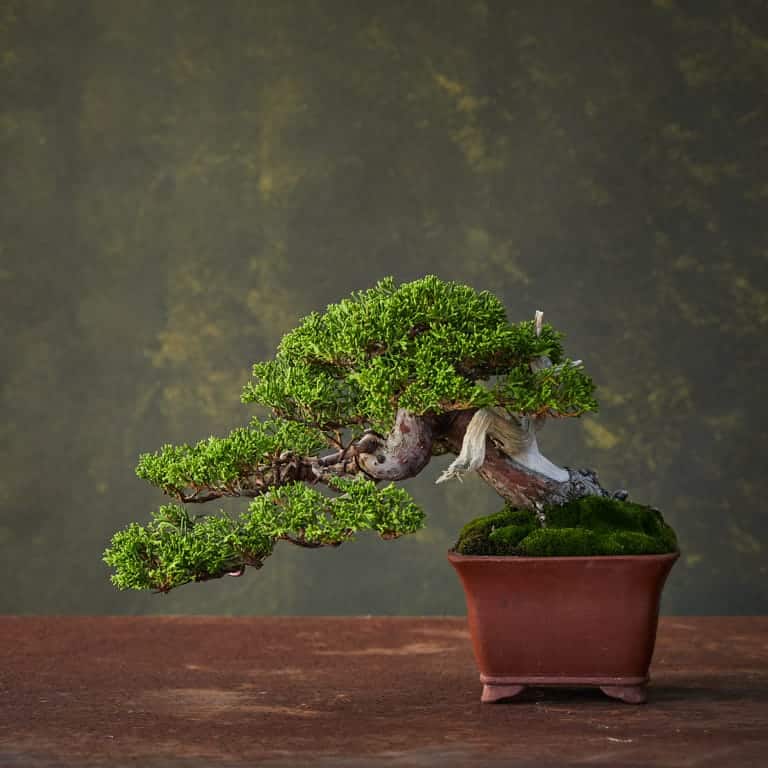
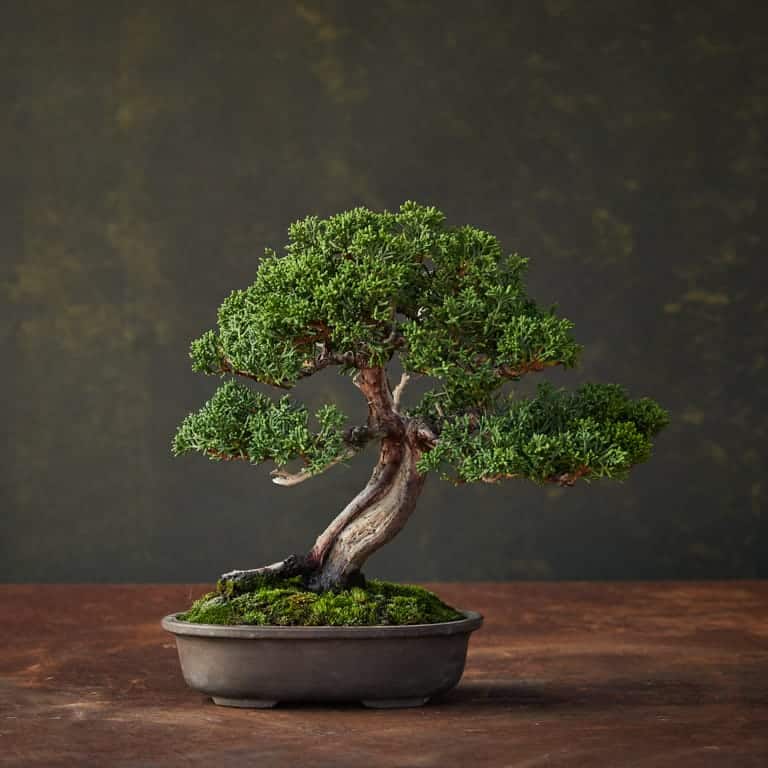
Identifying trees with more (or less) potential for development
(all photography by David Fenton)
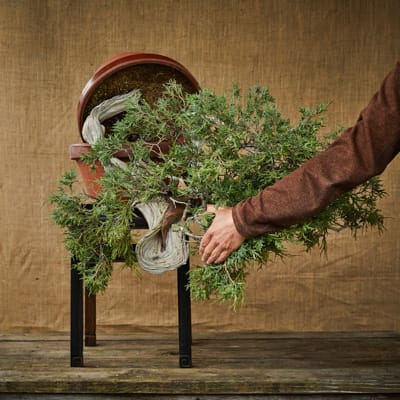
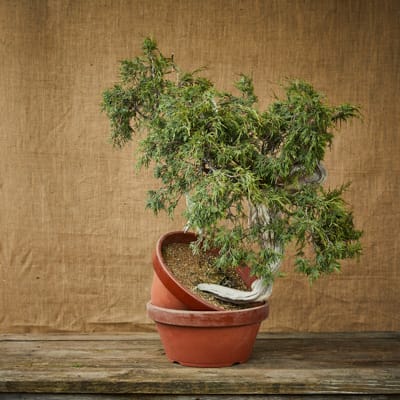
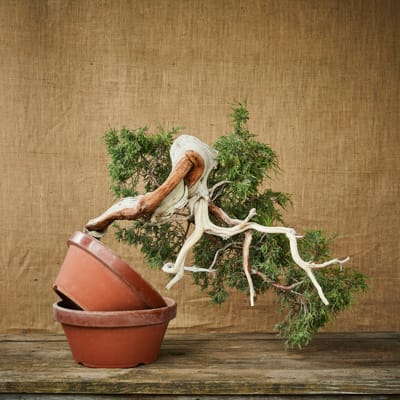
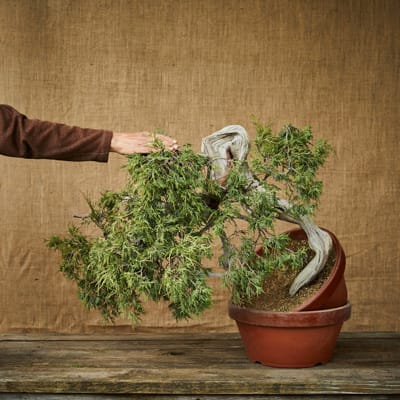
Styling basics – finding the front
The next four chapters focus on bonsai technique. Together, they provide how-to information to help you apply the right techniques to the right trees at the right time.
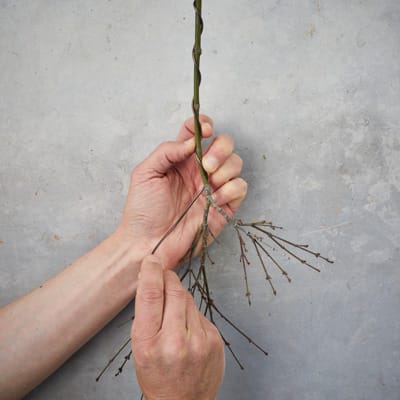
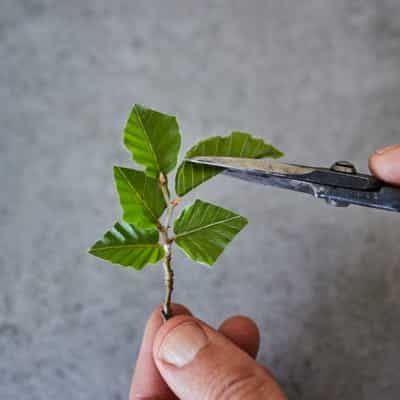
Hand position for wiring / cutting leaves on European beech
The repotting chapter alone features more than 50 color photos that walk you through all of the steps and provide guidance for tying your trees into pots.
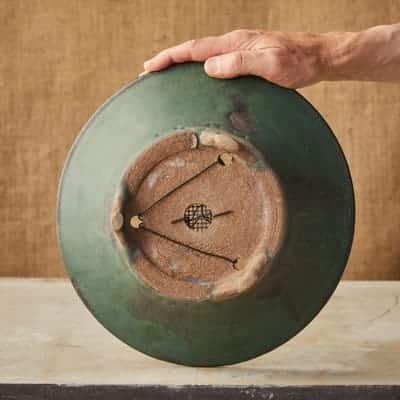
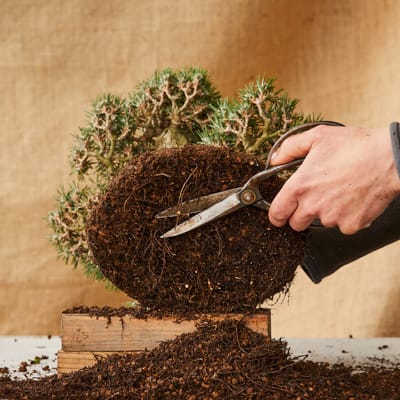
Repotting
There’s also a calendar to help you determine what bonsai work happens when. Instead of using months and days (which may not work for your climate), the calendar provides signs to look for in your trees so you can learn when to perform a given technique in your garden.
Chapters 7 and 8 focus on bonsai health by describing steps you can take to navigate summer highs and winter lows and strategies for ensuring your bonsai receive the right amount of water and fertilizer.
The last two chapters provide case studies to help you understand how to apply the techniques introduced earlier in the book. Chapter 9 features before and after photos for work on Japanese maple, cork oak, cryptomeria, olive, white pine, dwarf wisteria, and sierra juniper, among others, and covers techniques such as pruning, wiring, grafting, and deadwood clean-up.
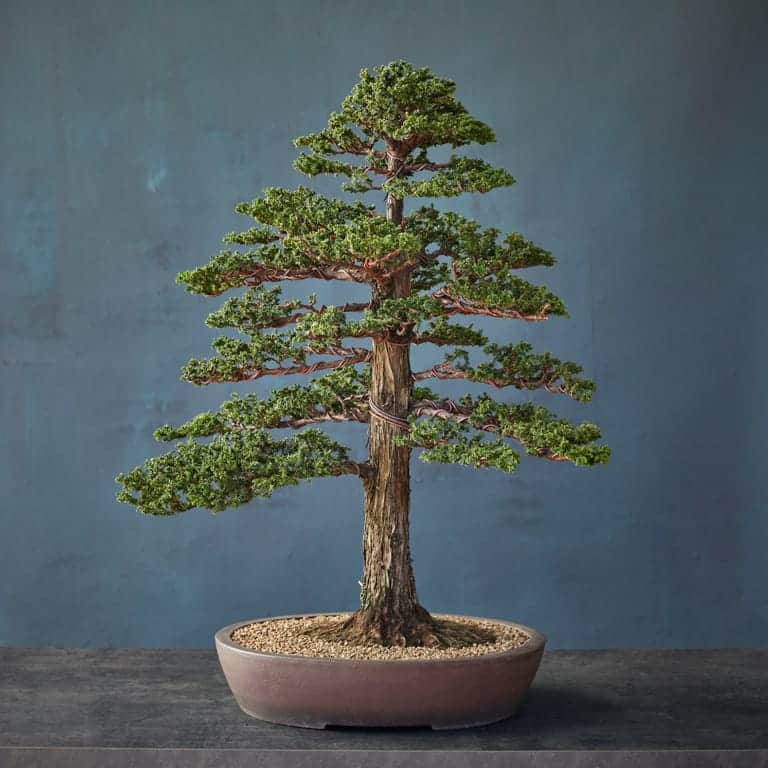
Cryptomeria
Chapter 10 is an in-depth case study featuring a complete styling of a shimpaku juniper. The work took place over 18 months to show how bonsai work can be incremental when the scope of work is more than can be completed in a single sitting.

Bending a branch into position
Along the way you’ll find profiles (and tips!) from professionals including Andrew Robson, Eric Schrader, Peter Tea, Michael Hagedorn, Daisaku Nomoto, and Boon Manakitivipart.
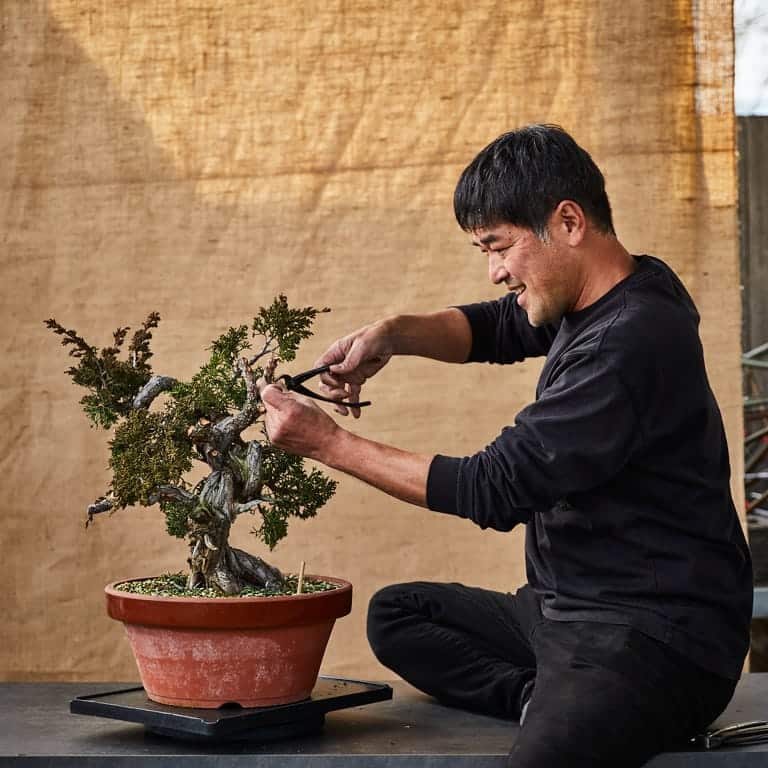
Daisaku Nomoto working on a juniper
The Essential Bonsai Book (224 pages, softcover, 7.5″ x 9″) is available from your favorite booksellers online and in stores now.
Amazon, Barnes & Noble, Books A Million, Bookshop.org,
Hudson Booksellers, Powell’s, Target, Walmart, Bonsai Tonight
I don’t have a strong opinion about where you pick up the book, but I’d love it if you can leave a review wherever you find it.
P.S.
Thanks again to all of the Bonsai Tonight subscribers who helped with the editing including Nick Aleshin, Ian Baker, Lani Black, Sally Cotter, Dylan Ferreira, Lukas Fletcher, Sue Heise, Yannick Huot, Austin Jones, Nick Richards, David Ruth, Nils Schirrmacher, Eric Schrader, Edward Smyth, David Starman, and Cheryl Sykora.
Thanks to Christopher Bently, Peter Tea, Eric Schrader, and Jeff Stern for providing trees for photography, and to Adam Toth, Daisaku Nomoto, and Cesar Ordoñez for helping prepare trees for the photo shoots.
This book would not be possible without your contributions – thanks so much!
